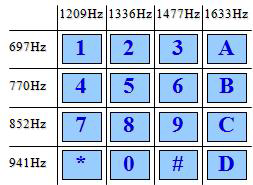Spartan 7 now available
"Xilinx announced today that its Spartan-7 family of FPGAs is now available for order and shipping to standard lead times. As a key member of Xilinx's Cost-Optimized Portfolio, this device family is designed to meet the needs of cost-sensitive markets by delivering low cost and low power entry points that are I/O optimized for connectivity with industry leading performance-per-watt" For more information: Spartan-7 general availability announcement Spartan-7 device page



